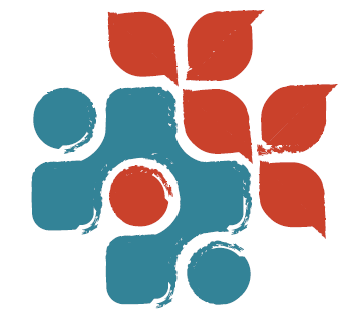Fear and Movement
In our last blog, we talked about how neuroplasticity can help us teach old dogs new tricks in the Pilates studio. Here we’re going to take a look at fear or more specifically fear of pain due to movement or Kinesiophobia and how we can use neuroplasticity to think about things in a different way and reach our movement goals.
As an integrated Pilates and Physiotherapy clinic we see many patients who have suffered with chronic pain. By the time they are ready to come into the Pilates studio, they are ready to start moving and working on creating more functional movement by strengthening and stretching to create better function overall. Sometimes we have people come to us who are fearful of doing a certain movement because it has caused them pain in the past. In these situations, it’s our job as Pilates instructors to slowly help them overcome their fear of this movement and get back to moving again with less fear.
It doesn’t mean we’re asking them to push through pain, it means going back and trying that movement again now that pain has subsided. Injury can be neuroplastic in the brain…meaning once you are used to feeling something and responding to it in a certain way, those pathways are well worn in your brain and to change that response, you have to work on creating new pathways. Our goal in the studio is to return people to full function or as much as their body will allow. That means restoring range of motion where it did not exist before. This is tricky because there is a cycle after any injury that can lead to poor outcomes:
Injury
Pain Experience
Pain Catastrophizing
Fear of Movement/reinjury
Hypervigilance
Disuse, Disability, Depression
For instance if you had horrible back pain every time you bent forward, you (understandably) would want to avoid bending forward, but never bending forward is not a practical way to live your life so we need to work to get that movement back. The goal in the Pilates studio is to get you to bend forward again without pain not reinforce the pattern of staying upright. Fear is normal and our work in the Pilates studio is starting with baby steps to restore that movement. Starting tiny and working up to as close to normal range as possible. This is where neuroplasticity comes in. We slowly retrain the brain that the movement is safe again and with repetition and hard work, we can get there. All exercise is BRAIN Work and Pilates particularly so .
